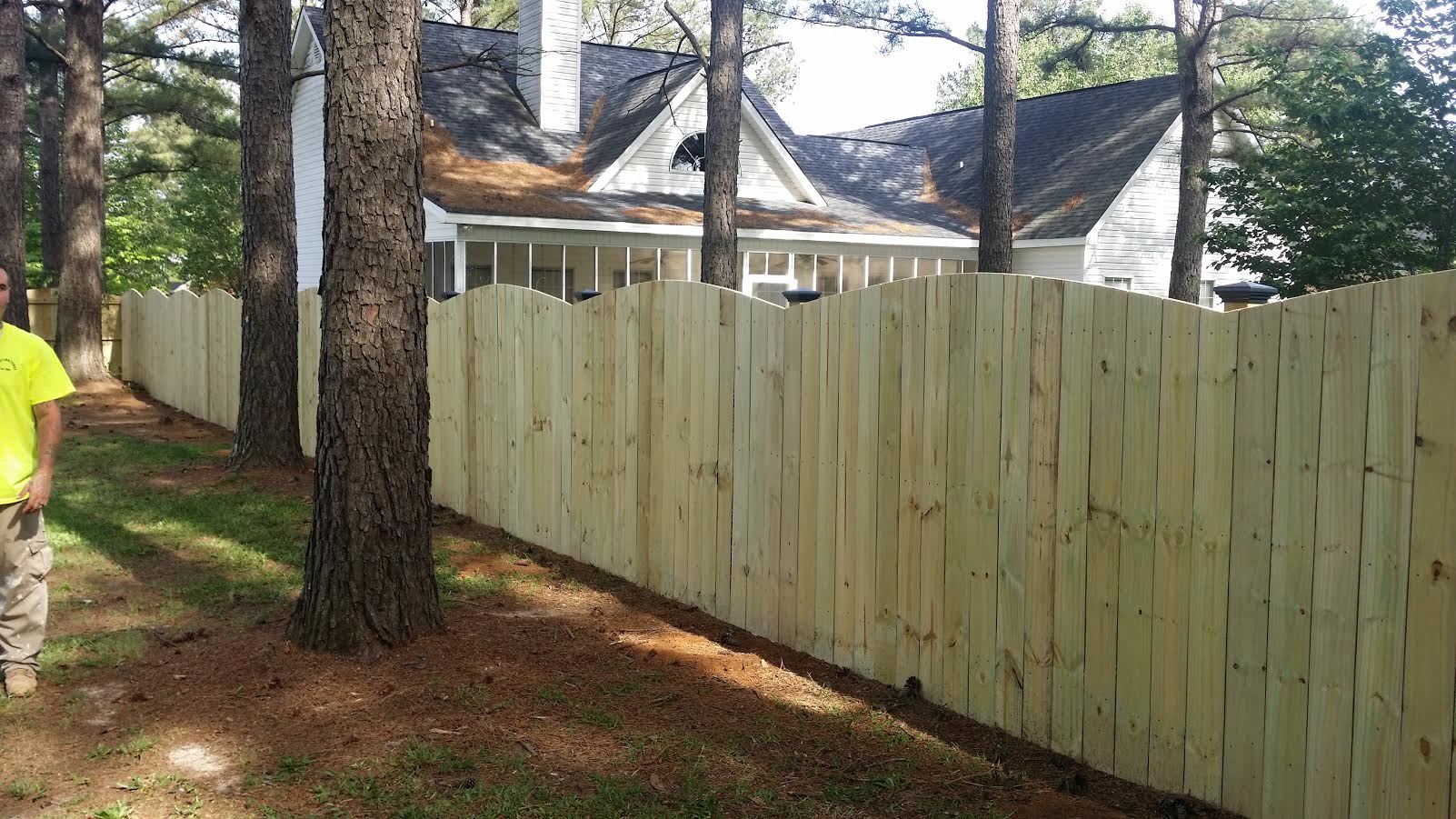Restore Your Fence's Look with High quality Fence Staining!
Restore Your Fence's Look with High quality Fence Staining!
Blog Article
Just How to Select the Right Fence Discoloration for Your Building
When it involves enhancing the look and durability of your property's fencing, selecting the appropriate tarnish is a critical decision that calls for mindful consideration. With a myriad of choices available in the marketplace, each dealing with various timber types, colors, and openness levels, the procedure can quickly end up being overwhelming. Nevertheless, making an enlightened choice can considerably impact the general appearances and durability of your fencing. So, just how can you ensure that you choose the best fence discolor that aligns with your property's style and upkeep demands? Allow's check out some vital aspects to lead you in this decision-making process.
Recognizing Wood Kind
To select the proper fence stain, it is necessary to have a thorough understanding of the numerous kinds of timber generally made use of for fencing. When choosing a fence discolor, it is vital to think about the kind of wood being used to guarantee compatibility and ideal security. Comprehending the qualities of different wood types will certainly aid you make an educated decision when it comes to picking the ideal fencing stain for your home.
Choosing the Right Color
Selecting an appropriate color for your fencing stain is a critical choice that substantially impacts the general visual appeal of your property. Lighter colors such as whites or light grays can make a fencing show up larger and include a touch of style to your residential or commercial property. Eventually, the right shade selection will certainly boost the charm of your fencing and boost the total curb allure of your home.

Thinking About Openness Degrees
When picking the ideal color for your fencing discolor, one more important facet to consider is the level of transparency that will certainly ideal suit your home's aesthetic and maintenance demands. Openness degrees in fencing spots typically fall right into 3 classifications: clear, semi-transparent, and strong. Transparent stains permit the natural charm of the timber to reveal through while offering very little security versus the aspects. They are suitable for brand-new or well-maintained fencings where showcasing the wood grain is a priority. Semi-transparent discolorations supply an equilibrium between shade enhancement and protection, allowing some timber grain to be visible while giving moderate shielding from UV rays and dampness. Solid spots, on the other hand, give the most protection as they entirely cover the wood with an opaque coating. These appropriate for older fencings or those in need of significant protection or color change. Take into consideration the degree of direct exposure your fence deals with, the desired maintenance frequency, and the visual you want to attain when selecting the right openness level for your fence discolor.
Reviewing Maintenance Demands
Taking into consideration the longevity and upkeep of your fence, reviewing the upkeep needs is crucial in establishing one of the most suitable fencing discolor for your home. The degree of upkeep required for your fence can vary relying on elements such as the sort of wood, weather problems in your area, and your personal preferences.
When assessing maintenance requirements, it is important to think about the longevity of the fence discolor. Some stains require even more constant reapplication than others, so selecting a discolor with a longer lifespan can help in reducing the total maintenance needs of your fencing (Fence Staining Service). In addition, this link aspects such as resistance to UV rays, water, and mildew can affect exactly how commonly you need to re-stain your fence

Examining Samples Before Application
Prior to applying any type of fencing discolor, it is suggested to conduct sample examinations to ensure compatibility with the wood and wanted visual end result (Fence Staining Nashville TN). Evaluating examples allows you to evaluate how the tarnish will communicate with the certain sort of timber used in your fencing, as different woods can absorb stains in a different way. To start, pick a tiny inconspicuous area of the fencing to apply the stain samples. It is recommended to evaluate several tarnish alternatives on this area to contrast shades and surfaces. Consider how the stain looks when dry, as it may show up different from its wet application. Furthermore, observe how the stain complements the existing aspects in your outdoor space, such as landscape design or the shade of your home. Keep in mind of exactly how the discolor holds up to weather problems like sunshine and dampness. By examining examples prior to full application, you can make an educated decision that enhances the total appearance of your home while shielding the wood properly.
Conclusion
To conclude, choosing the suitable fencing stain for your residential or commercial property entails recognizing the timber kind, choosing the ideal color, considering openness levels, examining upkeep requirements, and screening examples prior to application (Fence Staining). By taking these factors into factor to consider, you can ensure that your fencing tarnish complements your residential or commercial property while giving the necessary security and longevity. Make a notified choice to enhance the appearance and longevity of your fence
Report this page